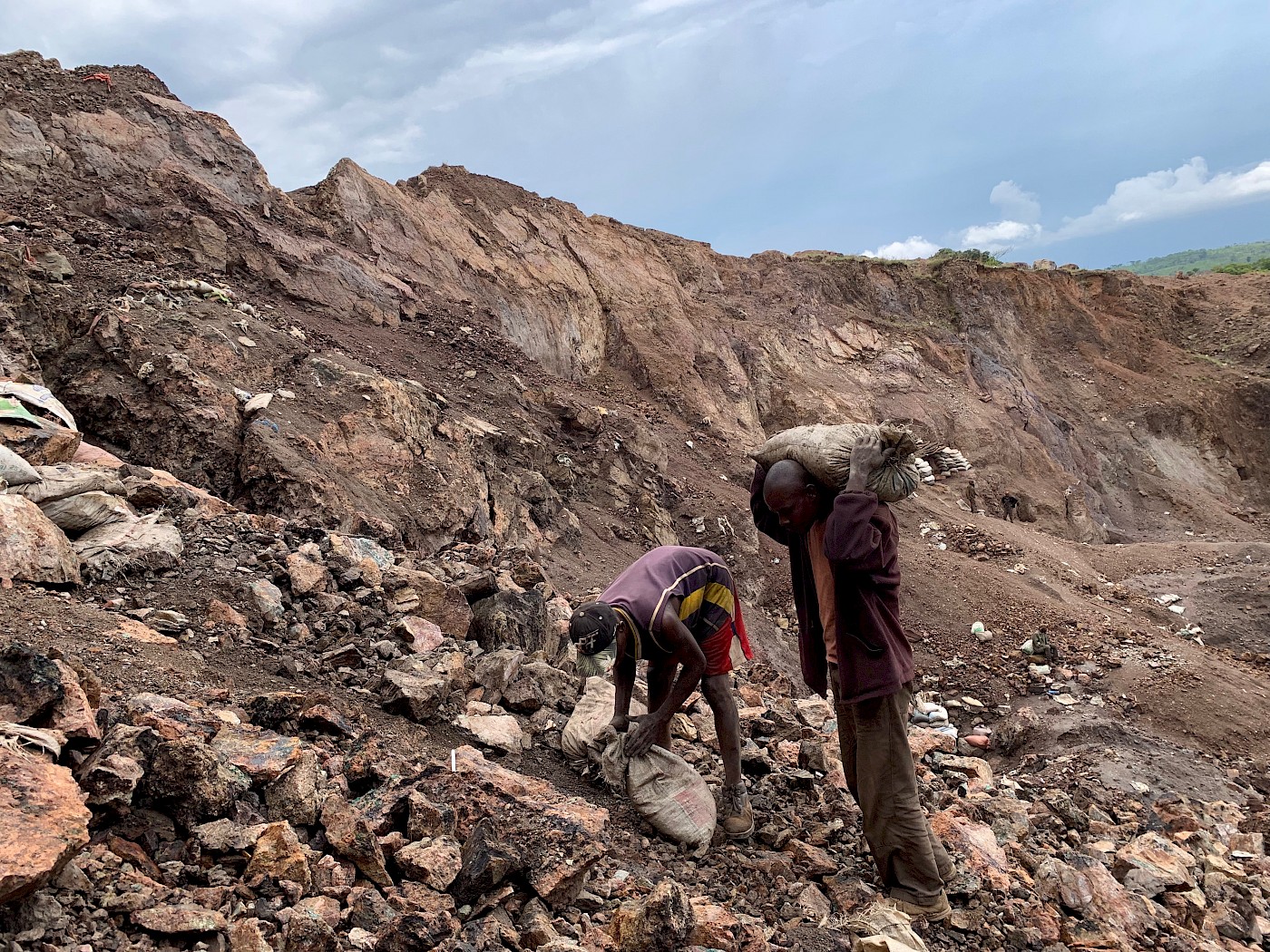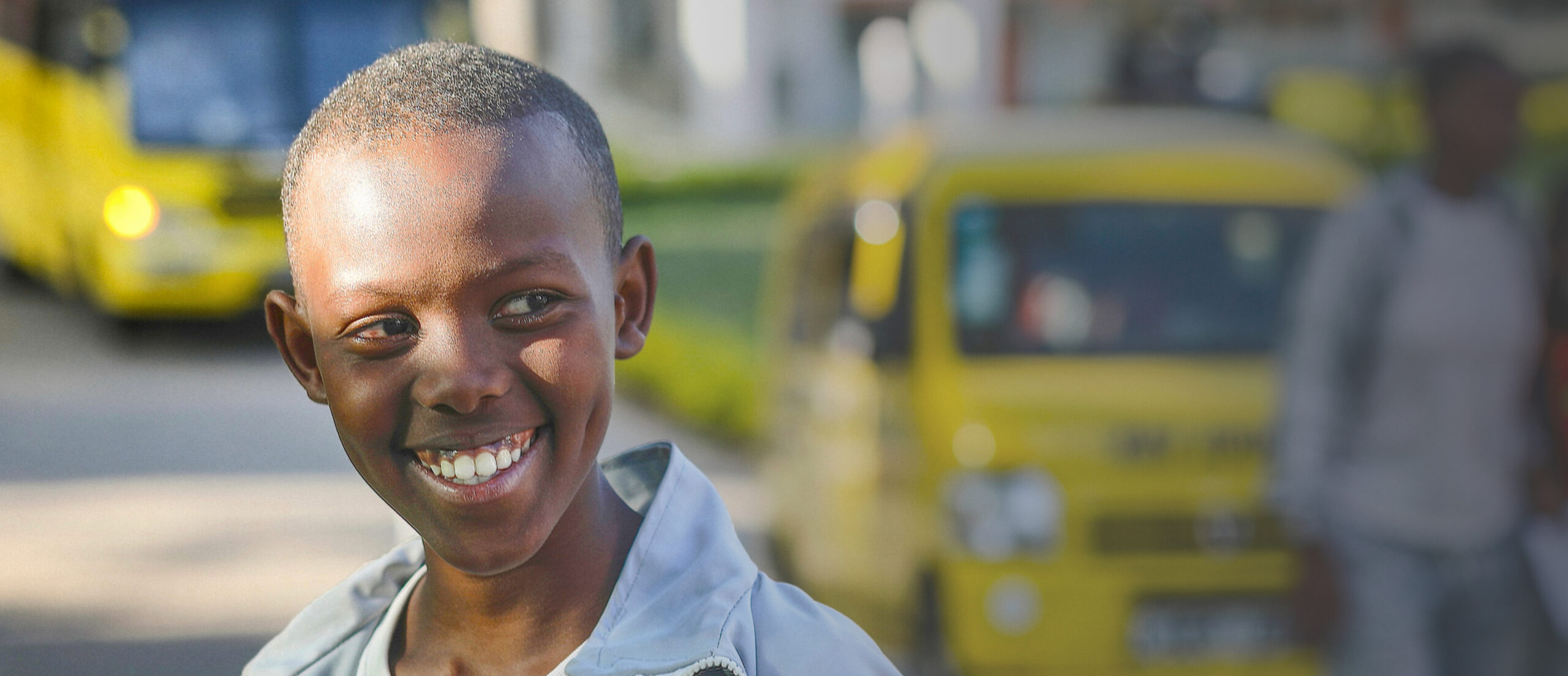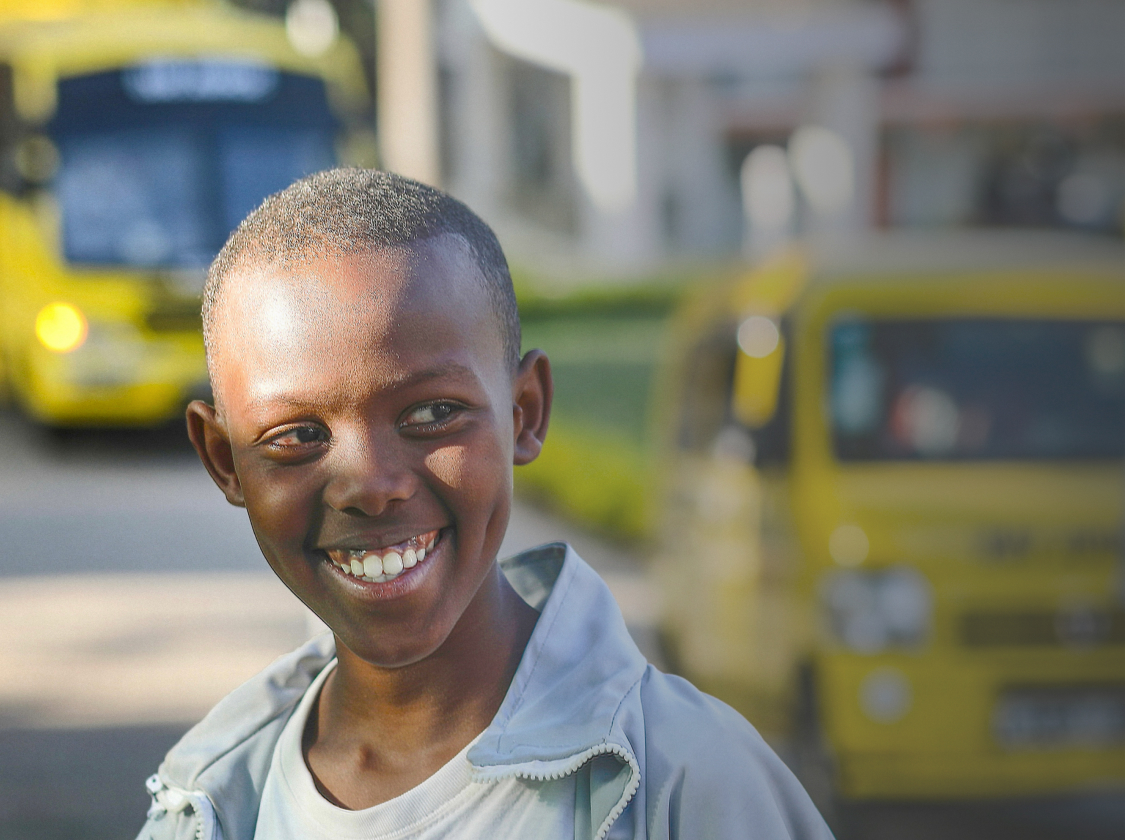Meschak lives in Kolwezi, one of the world’s most important mining districts, located in the southern Democratic Republic of Congo. He works in the Mutoshi mines, defying the risk of accidents, landslides and infectious diseases caused by toxic dust. His son Arthur is one of the students at the Emergency and Rehabilitation School that Still I Rise opened in Pamoja, with the goal of taking children and adolescents away from the cobalt mines and back into education.
Like Meschak, thousands of men, women and children work every day in extremely difficult conditions to extract the cobalt that powers our smartphones. Here is his testimony. This is the first chapter of “Through Our Voices,” an initiative created by advocacy Still I Rise to unveil what is happening in the countries where we operate through the voices of our students and their families.
“My family consists of 10 people: my wife, my 8 children (6 boys and 2 girls), and myself. We come from the Haut-Lomami province in the Democratic Republic of Congo, but currently, we live in the Kakifuluwe district in Kolwezi.
I received limited education and completed my studies at the secondary level. Presently, I work as a miner.
I started in 2012 and have been working in the mines for 11 years. Right now, I work in the Mutoshi mines, where I enter the excavation sites and shafts to find copper and cobalt. Sometimes I work with one of my sons. I am an artisanal miner and not part of a cooperative. In the mine where we work, there are cooperatives, but instead of protecting us, they take advantage of our work.
We sell minerals at different prices depending on the quality extracted.
Our Chinese buyers have machines called Metorex, which we use to determine the quality of the minerals. After extracting the ore, we clean it from excess soil, and before weighing it, we also measure the weight of the bags we use for transportation with a scale. For example, a 100 kg bag of copper with a purity of 17% is currently sold for 240,000 fc (96 USD). Sometimes, we can find minerals with lower values of 6%, 10%, or even 3%, and in these cases, the price decreases. If the grade is higher, the price increases.
My daily income depends on the production and the effort we put into work. You have to work for several days to find enough minerals to sell.
If we produce a lot, we earn more; if we produce little, we earn less. I usually work for a week to obtain a 100 kg bag of copper. If the buyer gives me 14% of the value, I will earn between 150,000 and 170,000 fc (60 to 68 USD). I can say that the average of my daily income can be around 22,000 fc (9.7 USD).
(Note: Although artisanal mining can represent a higher income source, poverty remains widespread in many families. According to estimates, 73% of households in the DR Congo live on less than $1.90 a day. A study published in 2017 found that 90% of families living around Kolwezi earn less than $1 a day.)
In artisanal mining, there are many difficulties and risks. There are deaths at any moment, landslides, and accidents.
For instance, when descending into the shaft, you can stumble and fall; it is very deep. Some shafts are about 50 meters deep, and to reach the minerals, we have to dig a pit of 50 or 60 meters. Then, when we find the minerals, we continue digging horizontally into tunnels that are 300 or 400 meters long.
There are no stairs; we simply dig small holes at the ends of the shaft, which we call “poké,” and use them to support our feet when climbing up and down. Sometimes, we use a rope for balance.
There are different strategies for lifting the mineral bags. Sometimes, those in the shaft hang the bag on a rope, and the people above pull it out. Currently, there is a system called “Palan” that we use to lift bags filled with minerals quickly. However, this practice is expensive because it requires a motor and fuel. The conditions are very challenging, and we work in very tight spaces.
In the mines, we suffer from various diseases, such as tuberculosis, due to the dust contaminated with metals and the transportation of heavy loads.
(Note: Dust from processing stones for mineral extraction compromises the lungs and the immune system, increasing the risk of contracting infectious diseases like tuberculosis.)
Life is very tough in the mine, but we work because we have no alternatives. For example, yesterday, while descending, one of my brothers slipped and fell into the shaft, breaking his hip. There is no medical assistance, and everyone must take care of themselves.
Currently, in artisanal mines, the conditions are extremely difficult. We have very little space; all the miners you see working in the Mutoshi mine operate in an area of only 500 square meters. This crowding creates complete chaos. The conditions in which we work are not good.
(Note: In the case of the Mutoshi mine, it is estimated that around 2700 people work there on average each day, but the number varies. If you consider that in a concert or gathering, there is a maximum of 4 people per square meter, in this case, 2700 people would equate to 5.4 people per square meter.)
Children are not allowed to enter the Mutoshi mine, but some of them sneak in very early in the morning, before the arrival of security agents, and leave in the evening around 5 after their departure. This happens because there are no police forces in our mine. There are the so-called “Mobiles,” civilian members of the cooperative who play the role of leaders or supervisors of the miners. It’s anarchy, and it’s surprising that civilians are used to supervise and ensure the safety of other civilians.
It’s not good for children to enter the mines or do heavy work; it’s incompatible with their age, but some of them do it due to the economic hardships of their parents. Still I Rise is an organization that has helped us introduce our children to the world of education and work, allowing them to become fulfilled individuals in the future.
Thanks to Still I Rise, our children have transitioned from ignorance to education. They didn’t know how to read or write, but now they express themselves well, speak French fluently, and cultivate their intelligence. This brings us joy, and we are very grateful to Still I Rise. When the organization arrived, we had lost hope, but now it makes us feel confident.
Still I Rise brings children to life and transforms them.
I expect my son to continue his studies to the end. I want Still I Rise to continue supporting the children 100%, as it does now. I pray that they can fulfill their project of supporting children. We can’t demand anything from them, but we know they have big hearts. May God bless them as they do good things and complete their project with the children.”
What can you do?
Join the “No more child miners in DRC!” campaign and sign the petition!
Join the Still I Rise Big Family and donate now!


